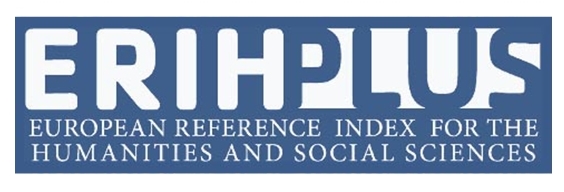Licentious Spleen Turned into Melodramatic Technicolor: A Film Version of The Sun Also Rises
DOI:
https://doi.org/10.18485/bells.2017.9.4Keywords:
Ernest Hemingway, The Sun Also Rises, film adaptation, trauma, Motion Picture Production Code, gender role reversal, sexual behaviourAbstract
The paper discusses a paradigm shift in representing trauma in Modernist fiction, starting from the issue of a large-scale gender role reversal, where assertive women often dominate over passive, submissive men. It goes on to inquire into the possible reasons why The Sun Also Rises was not filmed until 1957: certain traits of behaviour in Hemingway’s characters were far from suitable for the Motion Picture Production Code until its gradual loosening allowed many of the novel’s moral features to be presented in theatres, although major changes still took place. They include: transforming the first-person narrative into a quasiomniscient third-person perspective, toning down Jake Barnes’s bitterness and disillusionment, focusing more prominently on the insatiable Brett Ashley and her lovers, and virtually eliminating the anti-Semitic bias against Robert Cohn.
Downloads
References
Downloads
Published
Issue
Section
License

This work is licensed under a Creative Commons Attribution-ShareAlike 4.0 International License.
Authors who publish with this journal agree to the following terms:
- Authors are confirming that they are the authors of the submitting article, which will be published (print and online) in Belgrade English Language and Literature Studies by the Faculty of Philology, University of Belgrade (Faculty of Philology, Studentski trg 3, 11000 Belgrade, Serbia). Author’s name will be evident in the printed article in the journal. All decisions regarding layout and distribution of the work are in hands of the publisher.
- Authors guarantee that the work is their own original creation and does not infringe any statutory or common-law copyright or any proprietary right of any third party. In case of claims by third parties, authors commit their self to defend the interests of the publisher, and shall cover any potential costs.
- Authors retain copyright and grant the journal right of first publication with the work simultaneously licensed under a Creative Commons Attribution-ShareAlike 4.0 International License that allows others to share the work with an acknowledgement of the work's authorship and initial publication in this journal.
- Authors are able to enter into separate, additional contractual arrangements for the non-exclusive distribution of the journal's published version of the work (e.g., post it to an institutional repository or publish it in a book), with an acknowledgement of its initial publication in this journal.
- Authors are permitted and encouraged to post their work online (e.g., in institutional repositories or on their website) prior to and during the submission process, as it can lead to productive exchanges, as well as earlier and greater citation of published work.




